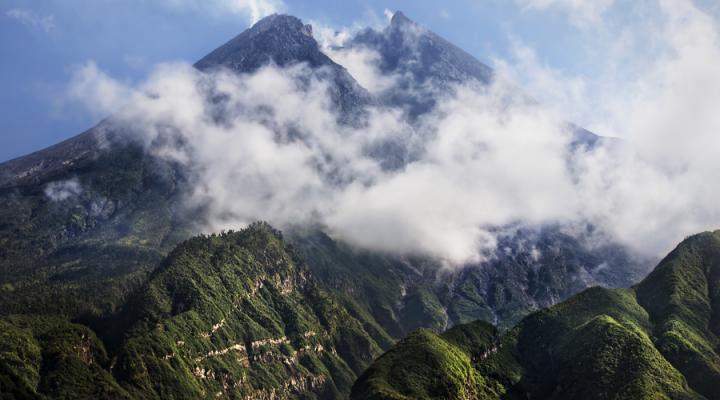Arcadia, 2013, no. 15
On 8 November 1935, Mexico’s president, Lázaro Cárdenas (1934–1940), established the Iztaccíhuatl and Popocatépetl National Park, the first of nearly forty national parks he would create within the next few years. By 1940, Mexico had more parks than any other country in the world.
